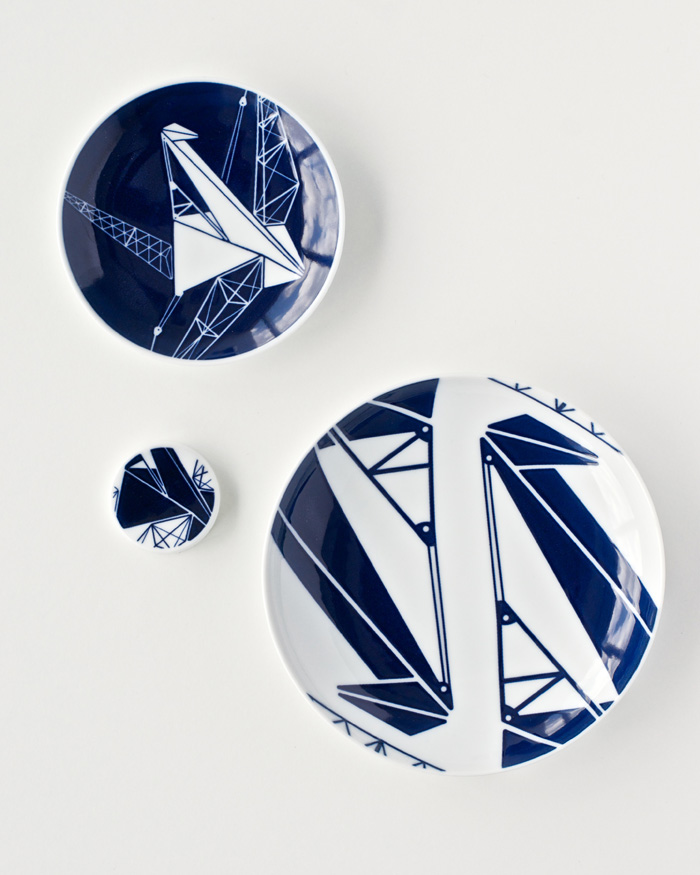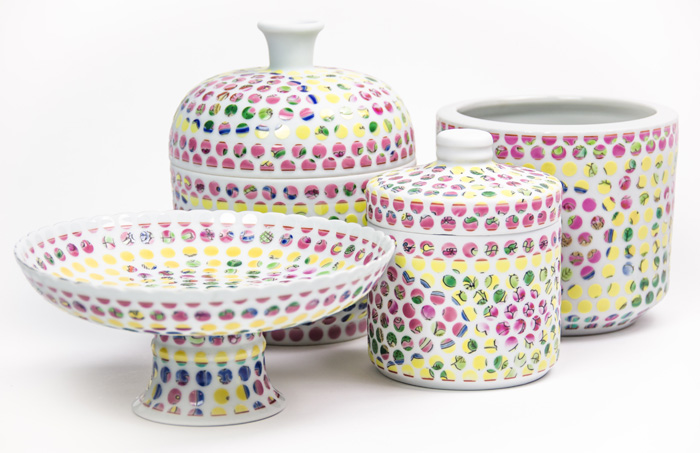Dragons, those harbingers of growth and vitality, are twisting through Singapore once again. A design icon once ubiquitous in this city, the “Singapore dragon” is an angular, pixelated head with one octagonal eye. The rudimentary logo was conceived in the late 1970s, when the former British colony, having gained independence in 1965, was still conjuring an identity.
The dragon was designer Ean Ghee Khor’s response. Tasked to create “Singapore playgrounds” for the government’s massive public housing program, Khor sought to imbue them with the nation’s personality by employing representations of local fruits and animals throughout them. Over the next two decades, across Singapore, it was the lively dragon of Chinese origin that became the playground model of choice. Since the 1990s, however, all but two of Khor’s playgrounds have been replaced by uninspiring, modular plastic units made by multinational playground companies. But of late his serpent is reappearing in a variety of forms.

Ean Ghee Khor in front of one of his playground dragons. Photo by Zakaria Zainal
In the form of pins, plush toys, inflatable playgrounds, and national motifs, the reemergence of Khor’s mythical creature heralds a new wave of “Singapore design.” Driven by a desire to define themselves in an increasingly globalized city, where close to thirty percent of the population is of foreign extraction, many Singapore designers have turned to local culture as inspiration.

Pins, a mini slide, and bags are some recent designs that have adopted Mr. Khor’s now iconic dragon.
In the form of pins, plush toys, inflatable playgrounds, and national motifs, the reemergence of Khor’s mythical creature heralds a new wave of “Singapore design.” Driven by a desire to define themselves in an increasingly globalized city, where close to thirty percent of the population is of foreign extraction, many Singapore designers have turned to local culture as inspiration.

Pins, a mini slide, and bags are some recent designs that have adopted Mr. Khor’s now iconic dragon.
Consider the tissue packet by graphic designer Larry Peh. Fueled by the unique Singaporean habit of reserving seats at public eating spaces with a packet of tissues, he emblazoned packs with the word “Reserved” and handed them out for free in 2004. The “RESERVED: A Public (T)issue” project reflected Singapore’s kiasu (Hokkien for “afraid to lose out”) culture. More recently, the founder of design studio &Larry has dreamed up Asian versions of Western horror punk T-shirts. Borrowing the visual language of Chinese hell money, which is burned as an offering to the gods and the deceased in the underworld, Larry’s “Hellbound” T-shirts question Singaporeans’ adoption of certain Western practices that would be taboo if expressed in Asian forms.


"Hellbound" T-shirts from the Singapore-based design firm &Larry
In 2009, eight young industrial design graduates from the National University of Singapore put forth their ambitious reimagining of national design. Tired of the clichéd trinkets that have been sold to tourists for decades, including the state-created Merlion symbol (a creature with a lion’s head and the body of a fish), the group presented thirty-seven alternative concepts that were not just tourist mementos, but objects that represented the country's culture and resonated with the locals, said project initiator Winston Chai. For example, the local practice of using sheets of newspaper to protect the dining table during meals led to a booklet of disposable placemats, while a white local flour cake, the kueh tutu, was the perfect form for a pencil eraser.
In 2009, eight young industrial design graduates from the National University of Singapore put forth their ambitious reimagining of national design. Tired of the clichéd trinkets that have been sold to tourists for decades, including the state-created Merlion symbol (a creature with a lion’s head and the body of a fish), the group presented thirty-seven alternative concepts that were not just tourist mementos, but objects that represented the country's culture and resonated with the locals, said project initiator Winston Chai. For example, the local practice of using sheets of newspaper to protect the dining table during meals led to a booklet of disposable placemats, while a white local flour cake, the kueh tutu, was the perfect form for a pencil eraser.
Other young designers eager to remake Singapore in their vision soon followed suit, creating an entire market of online and brick-and-mortar retail stores eager to capture the growing number of customers who appreciate locally designed products.
Two designers have emerged from the “Singapore Souvenirs” group, each pursuing a distinctive approach. One is Edwin Low, who launched his Democratic Society label last year, hoping it would one day become synonymous with Singapore design. The label has built up a collection of plates and cups that illustrate local imagery—from reimagining the construction crane as the national bird of a never-changing city to the cheeky appropriation of the ruling political party’s lightning symbol. The tableware is manufactured by Japanese artisans. By designing in Singapore, but making in Japan, Edwin played to the nation’s existing strength in visual communication, while overcoming its lack of a strong crafts industry.

“Singapore Icons—National Bird of Singapore” tableware designed by Relay Room. Courtesy Democratic Society
Hans Tan, another Souvenirs alumni and a graduate of the Design Academy Eindhoven, has applied industrial sandblasting techniques to porcelain vessels native to Chinese Peranakans (descendants of intermarriages between Chinese and ethnic Malays that occurred between the fifteenth and seventeenth centuries) in present day Singapore, Malaysia, and Indonesia. His “Spotted Nyonya” series serves as a modern take on the traditional objects of this mixed-race community that has come to represent the contemporary Singaporean identity as a blend of different ethnic cultures. In another project, Hans heat-screened colored glass glazes onto cups to create “Kopitiam Mugs” (coffee shop cups), which simply borrowed the practice of local drink sellers who mark their generic cups with colorful electrical tape or paint to differentiate their wares. In both projects, Hans created Singapore design by responding to existing products, an approach that reflects a small nation whose material culture is largely imported.

The Spotted Nyonya Yellow collection. Courtesy Hans Tan Studio
Having always served as an entrepôt that absorbs influences from around the world, Singapore—turning fifty next year—does not have many images like Khor’s dragon to call its own. Yet these young designers are showing that Singapore design can still be constructed via narratives and processes that reflect the local context. And in an increasingly interconnected world, where economies are open and production is everywhere, we can find indigenous design by understanding the local responses to this global condition.
Hans Tan, another Souvenirs alumni and a graduate of the Design Academy Eindhoven, has applied industrial sandblasting techniques to porcelain vessels native to Chinese Peranakans (descendants of intermarriages between Chinese and ethnic Malays that occurred between the fifteenth and seventeenth centuries) in present day Singapore, Malaysia, and Indonesia. His “Spotted Nyonya” series serves as a modern take on the traditional objects of this mixed-race community that has come to represent the contemporary Singaporean identity as a blend of different ethnic cultures. In another project, Hans heat-screened colored glass glazes onto cups to create “Kopitiam Mugs” (coffee shop cups), which simply borrowed the practice of local drink sellers who mark their generic cups with colorful electrical tape or paint to differentiate their wares. In both projects, Hans created Singapore design by responding to existing products, an approach that reflects a small nation whose material culture is largely imported.

The Spotted Nyonya Yellow collection. Courtesy Hans Tan Studio
Having always served as an entrepôt that absorbs influences from around the world, Singapore—turning fifty next year—does not have many images like Khor’s dragon to call its own. Yet these young designers are showing that Singapore design can still be constructed via narratives and processes that reflect the local context. And in an increasingly interconnected world, where economies are open and production is everywhere, we can find indigenous design by understanding the local responses to this global condition.
